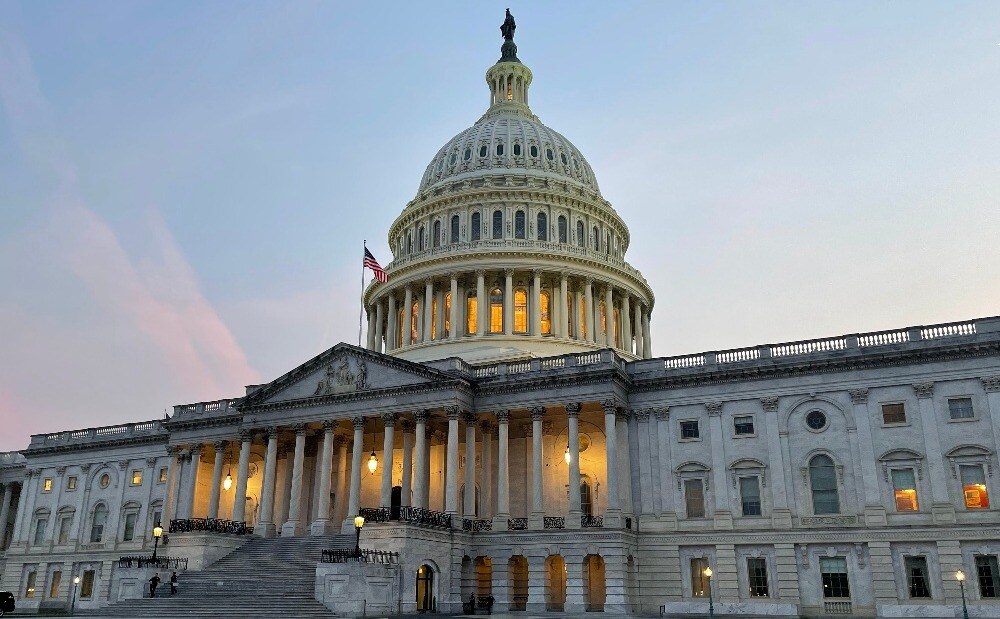The Joint Committee on Tax’s (JCT’s) most recent “tax expenditure list” includes trillions in foregone federal revenue as a result of the tax rules governing retirement savings, life insurance death benefits and cash values, and employer provided health insurance.
Released on December 11, the most recent JCT tax expenditure list is a rich source for ideas on how to increase federal revenue by narrowing or eliminating special tax rules relating to specified types of transactions or business practices. This most recent tax expenditure list covers five fiscal years—2024-2028.
JCT, the Congressional committee charged with quantifying the revenue impact of tax proposals and rules, lists the projected amount by which current law tax rules reduce federal revenue. Or, in some cases, the rules would increase federal revenue—for example, JCT notes that provisions such as the net investment income tax or the limit on deductible compensation actually result in more revenue collected by the federal government rather than revenue not collected as a result of the rules. These projections are based on a comparison to the amount of revenue that would be collected were those special rules not part of the law.
The report considers only those provisions that change income tax results. Thus, most estate and gift tax rules are not included in this report. It covers both individual and corporate tax rules.
In this latest tax expenditure report, JCT notes that some tax rules—for example, health insurance provided through cafeteria plans/flexible spending arrangements—are combined into a larger category (in the case of this example, employer-sponsored health insurance).
The report emphasizes that a tax expenditure is not the same thing as a revenue estimate. For example, JCT explains, a tax expenditure calculation does not consider potential behavior changes that could result if the law were to be changed. Revenue estimates do factor in expected behavior changes. Further, this is not an exhaustive list of departures from the results that would be achieved were there not special tax rules in place. For example, “de minimus” rules—those that result in loss of $250 million or less in otherwise collectible tax revenue—are not included. An example of a de minimus rule that JCT points out is the special savings account for disabled beneficiaries, the ABLE account.
The total level of “lost” federal revenue attributable to the 21 tax expenditure items shown below that are of particular interest to life insurance and financial planning professionals is more than $6.8 trillion over the five-year 2024-2028 period. The bulk of this tax expenditure lost revenue comes from the lower tax rate for capital gains and dividends, step-up in basis, employer-provided health insurance and other benefits, and retirement savings rules (defined benefit plans, defined contribution plans, and IRAs). Tax-free life insurance death benefits also contribute a healthy amount ($98 billion) to the total.

Prospects: The tax expenditure report provides an extensive menu of places that tax writers can look when they are searching for offsetting or debt-reducing new tax revenue. The $6.8 trillion shown below could present some tempting targets. NAIFA, recognizing the risk, remains on high alert for adverse proposals that may derive from this report.
NAIFA Staff Contacts: Diane Boyle – Senior Vice President – Government Relations, at dboyle@naifa.org; or Jayne Fitzgerald – Director – Government Relations, at jfitzgerald@naifa.org






.png?width=600&height=90&name=Support%20IFAPAC%20%20(600%20%C3%97%2090%20px).png)
